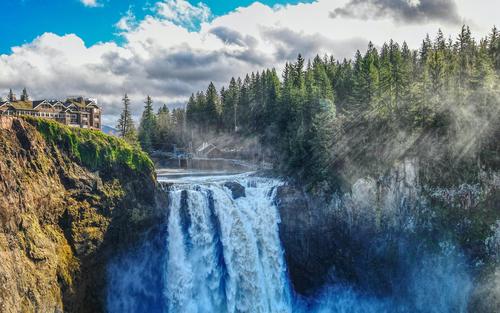Creating a Comprehensive Journey Map to Enhance Business Analysis
Business analysis is an essential part of any organization as it helps in understanding the requirements and needs of the business. One of the most effective tools used in business analysis is a journey map. A journey map is an illustration that narrates the customer experience through various touchpoints. It not only provides an indication of the customer’s behavior but also helps in identifying areas that need improvement. In this article, we will discuss how to create a comprehensive journey map that enhances business analysis.
What is a Journey Map?
Before we delve into the procedure of creating a journey map, let us first understand what it is. A journey map is a visual representation of a customer’s experience with your business, product, or service. This experience is illustrated through various touchpoints that the customer interacts with before, during, and after the purchase. The touchpoints can be on the company’s website, social media channels, customer service, or any other interaction with the business. The primary goal of creating a journey map is to gain insight into the customer’s wants and needs, along with identifying areas for improvement.
Why is a Comprehensive Journey Map Important?
A comprehensive journey map is crucial for effective business analysis as it provides an understanding of the customer’s behavior throughout their interactions with the business. It helps in identifying the touchpoints where the customer is satisfied, and areas where they experience frustration. A comprehensive journey map can provide insights into customer behavior, preferences, and pain points, which can help businesses to make data-driven decisions that can lead to better customer satisfaction and loyalty.
Steps to Creating a Comprehensive Journey Map
The following are the steps you can follow to create a comprehensive journey map:
Step 1: Define Your Customer Persona
Defining your customer persona is essential in creating a journey map that accurately reflects the customer’s experience. A customer persona is a fictional representation of your ideal customers. Defining your customer persona requires you to gather data and insights about your target audience, like demographics, behavior, and preferences.
Step 2: Identify Touchpoints Along the Customer Journey
The next step is to identify the touchpoints along the customer’s journey. These touchpoints include all interactions the customer has with your business, from research to post-purchase. Examples of touchpoints include website visits, product research, customer service, payment options, and delivery. Identifying these touchpoints is essential in understanding the customer’s journey and the points where they experience satisfaction or frustration.
Step 3: Gather Data and Feedback
After identifying the touchpoints, it’s essential to gather data and feedback from customers on their experiences. This feedback can be gathered through surveys, interviews, or even social media comments. Gathering data and feedback provides valuable insights into customer behavior, preferences, and pain points.
Step 4: Create the Journey Map
Using the data and feedback gathered, create a comprehensive journey map that illustrates the customer’s journey and experiences. The journey map should be easy to read and understand, with subheadings for different touchpoints. The map should illustrate customer emotions, actions, and pain points that occur at each touchpoint.
Step 5: Analyze and Improve
The final step is to analyze the journey map and identify areas of improvement. The analysis should focus on areas where customers experience frustration, dissatisfaction, or confusion. Improving these areas can lead to a better customer experience, higher satisfaction, and loyalty.
Conclusion
Creating a comprehensive journey map is an effective tool in enhancing business analysis. It provides insights into customer behavior, preferences, and pain points, which can help businesses to make data-driven decisions that lead to better customer satisfaction and loyalty. Following the steps outlined above can help create a journey map that accurately reflects the customer’s journey and experiences.
(Note: Do you have knowledge or insights to share? Unlock new opportunities and expand your reach by joining our authors team. Click Registration to join us and share your expertise with our readers.)
